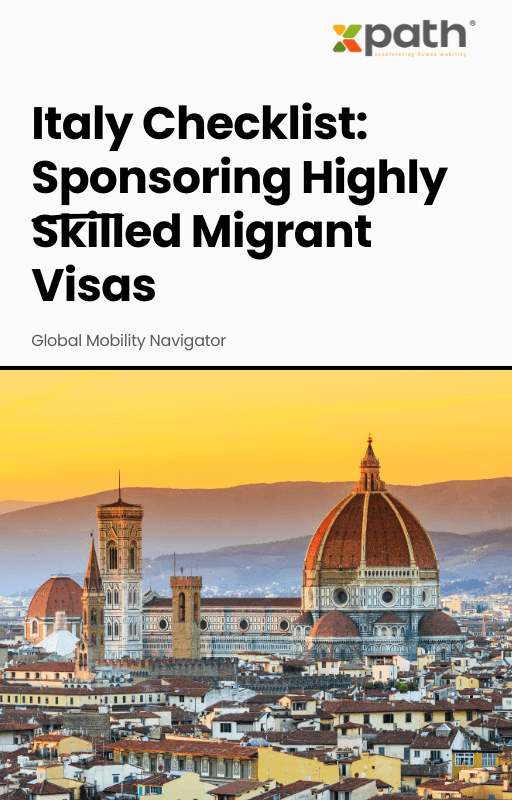Italy Checklist: Sponsoring Highly Skilled Migrant Visas
Grab a copy of a guide to international employee relocation
View E-bookThe IRS has updated its frequently asked questions (FAQs) on tax credits for paid leave under the Families First Coronavirus Response Act (FFCRA) for leave beginning before April 1, 2021.
The FFCRA initially qualified covered employers for dollar-for-dollar tax credits. This stands for amounts paid to employees who took leave for qualifying reasons. The credits also applied to amounts paid or incurred in order to keep health insurance coverage. The American Rescue Plan Act of 2021 amended and extended the tax credit.
On March 3, 2022, two new FAQs were added. They are as follows:
This FAQ clarifies whether an eligible employer claims the tax credits for qualified leave wages paid after December 31, 2021. For leave taken by an employee in 2020 or 2021, they need to provide the employee with a Form W-2c. This aids to correct the amount of sick leave and family leave wages reported in Box 14 of the employee’s 2020 and/or 2021 Form W-2.
Yes, it is. In this case, the employer must provide the employee with a Form W-2c (Corrected Wage and Tax Statement). This must include the corrected amounts of sick leave and family leave wages paid after December 31, 2021, in Box 14. OR the employer must provide the employee with a corrected statement correcting the prior reporting.
If the leave wages are paid after December 31, 2021, but the leave was taken in 2020, the employer must provide the employee with a Form W-2c. This corrects the leave wage amount reported in Box 14 (or a separate statement) of the employee’s 2020 Form W-2, Wage, and Tax Statement.
Do not file a Form W-2c with the Social Security Administration just to correct Box 14.
Employees can take Emergency Paid Sick Leave Act (EPSLA) if they were:
Source: hrmorning.com

Italy Checklist: Sponsoring Highly Skilled Migrant Visas
Grab a copy of a guide to international employee relocation
View E-book